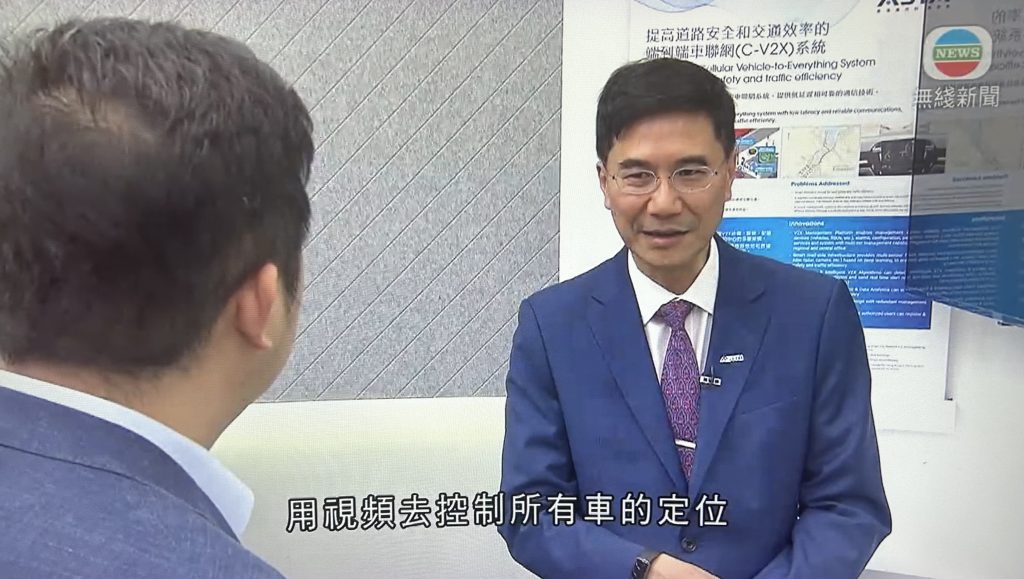A few days ago, Hong Kong hosted a Doraemon-themed drone show over Victoria Harbour, showcasing the city’s technological allure to tourists from around the world.
The Rise of the Low-Altitude Economy
The concept of the low-altitude economy was formally introduced into China’s development strategy in the Outline of the National Comprehensive Three-Dimensional Transportation Network Plan issued by the State Council in February 2021. With the implementation of various low-altitude economy policies in 2023, the Interim Regulations on the Flight Management of Unmanned Aerial Vehicles came into effect on January 1, 2024. Additionally, the 2024 Government Work Report emphasized accelerating the development of new productivity sectors, highlighting the promotion of new growth engines such as biomanufacturing, commercial aviation, and the low-altitude economy.
The low-altitude economy primarily involves both manned and unmanned civil aviation activities within a vertical height range of up to 1,000 meters, with extensions possible up to 3,000 meters as needed. This sector includes a variety of applications for both passenger and cargo transport, facilitating the integration and development of related industries such as aircraft research and development, production and sales, infrastructure construction and operation, flight support services, and ancillary comprehensive services.
The Greater Bay Area Leading in Low-Altitude Economy
The Greater Bay Area (GBA) is at the forefront of the low-altitude economy. Cities within the GBA are leveraging national policies to encourage collaboration among units and enterprises along the low-altitude economy industry chain, striving to establish a national demonstration zone for the industry.
For instance, in Shenzhen, the annual output value of the low-altitude economy exceeded ¥90 billion in 2023, with a 20% year-on-year increase. The city opened 77 new drone routes, built 73 new drone landing points, and completed 600,000 cargo drone flights, leading the nation in flight volume. Shenzhen’s consumer drones hold 70% of the global market share, and industrial drones account for 50% of the global market.
Hong Kong’s Potential in the Low-Altitude Economy
Hong Kong’s dense skyline significantly limits areas available for low-altitude flights. Some believe that while Hong Kong cannot fully replicate Shenzhen’s development model for the low-altitude economy, it still has room for growth in various sectors.
The IPN Lab from Hong Kong Polytechnic University is currently studying autonomous drone navigation for building facade cleaning, which is more efficient and less risky than manual operations.
In a recent interview from TVB News, Dr. Wen Weisong, Assistant Professor at the Department of Aeronautical and Aviation Engineering, Hong Kong Polytechnic University, explained: “These drones can carry water hoses and cleaning nozzles to clean building facades autonomously. This is a highly practical and easily commercialized application under the ‘low-altitude economy.’”

Credit: https://news.tvb.com/
Traditional gondola cleaning costs around HK$100,000 per session. Using drones can significantly reduce costs and improve efficiency. Dr. Wen added, “For example, cleaning a 100 square meter area on our ‘Innovation Tower’ cost approximately HK$200,000. Conservatively, we estimate that drone cleaning could achieve the same result for about HK$500 in just three hours.”
The shift towards drone-assisted building maintenance in Hong Kong exemplifies how technology can transform traditional industries. The “low-altitude economy” doesn’t just signify new business opportunities but also highlights the importance of innovation in addressing urban challenges. By adopting autonomous drones for facade cleaning, Hong Kong can reduce operational risks for workers and lower costs for building maintenance.
Moreover, this development could stimulate further research and investment in drone technology, potentially spurring advancements in other low-altitude applications such as delivery services, surveillance, and environmental monitoring. As Hong Kong continues to explore and implement these technologies, it could carve out a niche in the global low-altitude economy, differentiating itself from other densely populated cities.
Future Prospects and Challenges
Currently, neither the government nor enterprises have specific plans for developing the low-altitude economy. Some suggest that Hong Kong could explore development opportunities based on vehicle-to-everything (V2X) applications.
In the same interview, Dr. Denis Yip, CEO of the Hong Kong Applied Science and Technology Research Institute, stated: “Controlling traffic lights and vehicles using optical radar and video for positioning is similar to the low-altitude economy. V2X involves comprehensive sensing on the ground, which could extend to the airspace up to 1,000 meters.”

Credit: https://news.tvb.com/
The concept of a low-altitude economy in Hong Kong is still in its nascent stages, but the potential applications are vast. By integrating V2X technology, Hong Kong could enhance its urban infrastructure, leading to smarter and more efficient city management. V2X technology, which enables vehicles to communicate with each other and with traffic infrastructure, could be adapted to manage aerial drones, ensuring safe and efficient low-altitude operations.
Dr. Yip’s vision of using drones for cargo delivery is particularly intriguing. If implemented, this could revolutionize logistics in Hong Kong, especially in densely populated areas where traditional delivery methods are less efficient. Pilot projects in areas like the Northern Metropolis and Lok Ma Chau Loop could provide valuable insights into the feasibility and scalability of such initiatives.
Moreover, establishing a regulatory framework for low-altitude airspace management is crucial. It would not only ensure safety and compliance but also encourage innovation and investment in this emerging sector. By taking a proactive approach, Hong Kong could position itself as a leader in the low-altitude economy, benefiting from advancements in drone technology and V2X applications.
References:
http://www.takungpao.com.hk/finance/236134/2024/0529/976083.html
Leave a Reply